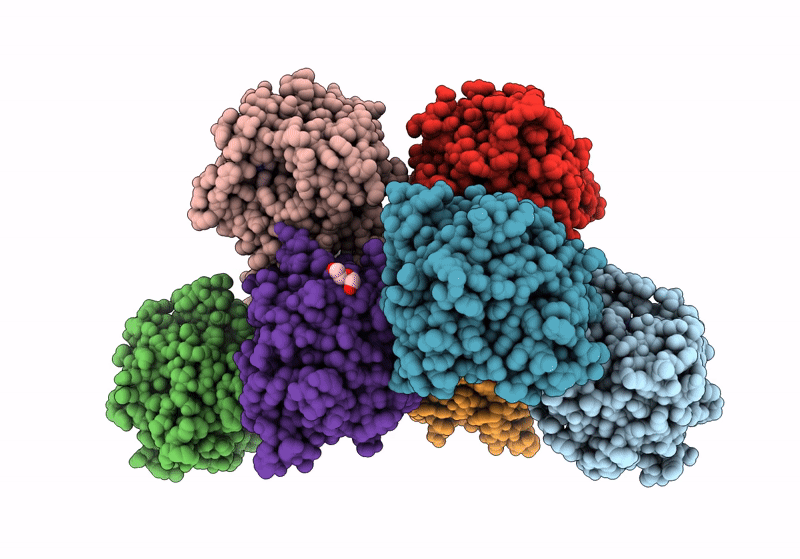
Deposition Date
2023-09-28
Release Date
2024-02-28
Last Version Date
2024-11-20
Entry Detail
PDB ID:
8WKL
Keywords:
Title:
Rauvolfia serpentina strictosidine synthase (RsSTR) in complex with a non-reactive tryptamine substitute crystallized in P1211 space group
Biological Source:
Source Organism:
Rauvolfia serpentina (Taxon ID: 4060)
Host Organism:
Method Details:
Experimental Method:
Resolution:
2.67 Å
R-Value Free:
0.21
R-Value Work:
0.19
Space Group:
P 1 21 1


